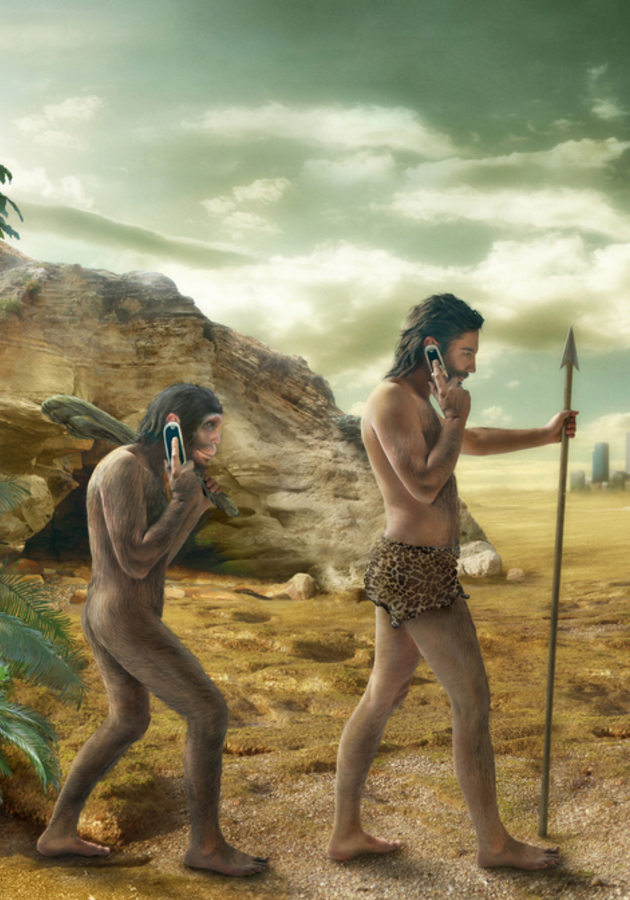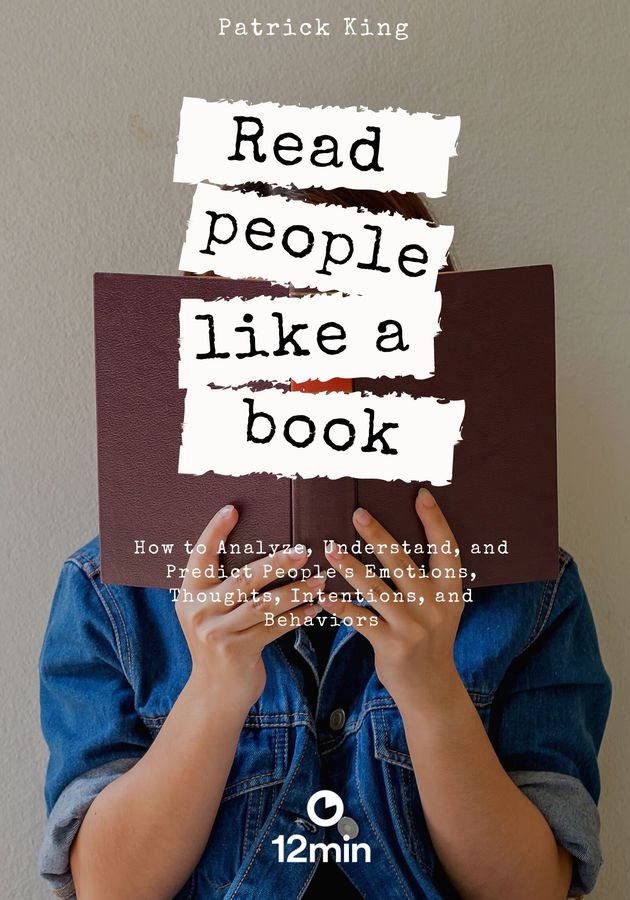Chris Anderson, editor-in-chief of Wired magazine, coined the term Long Tail in an article that became a reference for anyone who wanted to understand the new consumer relationships in pervasive digital media times. Using the universe of films, books, and music, he has proven that the Internet has created a new marketplace, where total revenue from a myriad of niche products with small sales volumes equals total revenue from "hit" products. We live in an era of great opportunities for innovation where products are launched each year. However, most of them fail and, most of the time, waste time and money spent building a product that consumers do not want or need. While on the other hand, the consumer market has always been a hit industry where a product needed millions of units sold to be considered a success, but with the advent of the internet, the dynamics of hits has entered a long and steady decline. The concept of long tail traces a new paradigm of the digital market.
Market's New Dynamic To Create New Products
Most are inclined to think of blockbuster movies or best sellers when they are going to develop new products for profits. In today's economy, businesses can grow and become immensely profitable by offering a wide variety of goods that appeal to small groups of people. Imagine the following example: If you are a bookstore, what sells most? A single best seller or hundreds of niche books? The long tail model proves that it is possible to survive in the new economy without depending on big hits. And the bookstore cited in the example above could, for instance, be Amazon. When Jeff Bezos created the company, he realized that on the internet it was much easier to offer a colossal volume of options to his customers and that niche books were extremely lucrative. About 30% of the total market is in niche books, ones you do not find in your local bookstore but that are there, readily available on Amazon. In the new digital market, popularity is no longer necessary to have a profitable business. In the online market, a niche product sold is as valuable as a hit. According to Chris Anderson, there is a demand curve established in any sector: the most consumed products (hits) generate the highest demand and the least consumed cause the lowest demand. While the hits are the head of the curve, the niche products, with lower demand, represent the long tail, the tail of the curve. Here comes the twist. Anderson states in his book, and proves with clear arguments, that meeting the various specific needs of several well-defined niche markets can bring even more success to a company than trying to attract the largest possible audience with big sellers.
Scarcity vs Abundance
With endless catalogs, consumers reveal what they want. The more things they find, the more they discover their tastes and preferences are not as mainstream as previously imagined. If mass media and our hits-obsessed culture have influenced them, the more choices they make, the more they are surprised by their tastes.
But all this is something new, and in the past, there have always been artificial limitations that prevented infinite catalogs. In the retail market, products are most often stored directly on site, and this impedes diversity of stock. For a CD to be in a record store, for example, the store needs to be able to sell four copies of it a year, and because it is a local business, it is stuck with its neighborhood preferences to have demand for a product. Traditional retailers have to cut their product catalog for space constraints and also preferences for that location. Physics laws are also a restriction. The number of available radio and TV frequencies limits the number of stations a city can have, for example. Each of these stations also has a limited show inventory. So the focus on hits is understandable, in a world of scarcity.
People's desire for products does not just depend on their popularity. All individuals have particular and non-popular preferences, and the scarcity market does not meet these demands. In the world of abundance, new technologies allow the consumer to have these needs met and thus to live their most "individual" preferences.
The Long Tail Market Dynamics
In every market, there are more niche products than hits and the cost to reach these niches has dropped dramatically over time. Today, it has become possible to offer a much larger portfolio of goods. On the other hand, potential consumers need help finding these niche products given the sheer volume of options. This help comes through the filters. Filters can be online search tools, social networks, user reviews that have bought those products, and are essential to help consumers discover new products. When the variety of goods expands, and the filters come into play, hits become less attractive, and the niches add up. There are so many niche products that, combined, can rival the hits. As a result, the natural demand curve is revealed, without the scarcity determined by the context and bottlenecks of the past. The long tail is nothing more than the real culture without the filters of economic scarcity.
Forces Of The Long Tail
The biggest enhancer of the Long Tail is the reduction of the cost to reach a niche. And for this to happen, some forces must take action:
The tools of production have been democratized. The personal computer is, without doubt, the best example. It allows people to have access to technology that previously only professional musicians and filmmakers had access.
Consumption costs have to be reduced to democratize distribution. The internet, for example, allows people to reach out to others without having to make significant investments.
Supply and demand need to be connected. Consumers need to discover the new products available in the market for the system to work.
The New Producers
The relationship between supply and demand is based on the amount of content that is available at any given time. The more content released on the market, the longer the tail will be. The explosion of personal computing through computers and smartphones in the last few decades has made people capable of producing their music, writing their own books, and even making their movies.
The emergence of communities like Youtube and Myspace created a new audience in search of content targeted to their tastes and a multitude of new creators, who supplied this demand. These communities, as well as pervasive technology, have significantly reduced the costs of content creation and this has made people produce more. Before, to create a song you needed to rent a studio, hire a producer, musicians and buy instruments. Today, just a few software (in some cases even free) are required for you to put your music available in MP3 on the web.
The fact that production costs have fallen so much that even often people do not have the revenue generation as the primary objective to create. The new model allows individuals to create new things by experimentation, curiosity, influence, and fun. This new paradigm creates voices that were not heard before. If the encyclopedia Britannica employed thousands of researchers to build its content and had hundreds of thousands of entries, in the digital world, the rules changed.
At Wikipedia, without hiring a full-time scientist or researcher, thousands of amateurs created millions of entries. Wikipedia has a collection of virtually infinite content, proving the phenomenon of the long tail. In it, you find all the hits, but also entries in every possible niche. Also, the long tail brings a new dynamic of motives why people create content online. If, at the top of the tail, people are financially motivated to create content, the further down the tail, the greater the volume of different motivations emerge. People create content online (and edit Wikipedia) for reasons such as fun, expression, experimentation, reputation, and learning.
The New Markets
Companies that navigate the long tail are aggregators, services that collect large varieties of products and make them easy to find. They democratize the consumption of goods that would not be located before. Google, for example, allows companies to advertise niche products for the long tail. In Google, the lower the competition for advertisers for a niche, the less that advertiser pays. Itunes does the same for digital music, and eBay allows the long tail of the physical products trade to take place in the digital world. There are five main types of aggregators, know them and their examples:
Aggregators of physical goods: Amazon, eBay;
Digital Goods Aggregators: iTunes, Youtube;
Advertising Aggregators and Services: Google, Craigslist;
Information aggregators: Wikipedia, Google;
Content aggregators/communities: Myspace, Facebook; Many aggregators belong to more than one category. Amazon, for example, aggregates physical products in its store, but also digital on the Kindle's digital books platform.
The New Influencers
If the big musical hits were done through radio and the clips on TV, today, more and more, the distribution is online. Increasingly consumers want to receive recommendations from other customers and communities with whom they share their preferences. The internet has amplified word of mouth communication and connected consumer sentiment, supply, and demand. It means that, in the digital environment, new influencers emerge that build their reputation in the digital world. These influencers help them get out of the world they know (hits) to the world they still do not know (the niches).
The Long Tail Economy
As the curve of the long tail descends, it approaches zero and continues toward infinity. From an economic point of view, long tail economics allow products at the end of the curve to still be extremely sellable and profitable because there are no space limitations to advertise or store inventory. In the long tail market, many more products can be offered, and it is much easier to find them. So sales are much more distributed between the hits and the niches and the profits are distributed all around the curve and not just for the hits. The main effect of the long tail is that consumer interest is directed to the niches and by being more satisfied with the products they find, they end up consuming more than in a market of only hits.
The Choice Paradise
One of the effects of the long tail is the explosion of possible choices for consumers. But will they be able to handle it? Although some prefer fewer options, studies cited by Chris Anderson show that people want to be able to select, but not necessarily required to choose. They want variety, but they also want help choosing, never feeling "forced" to choose. While in traditional retail the consumer is alone, watching the shelves with limited information, in the online world he has infinite information and possibilities.
A Cultural Pivot
We are moving from an era of mass culture to a massively parallel culture. Each belongs to many distinct groups at the same time. That doesn't mean that in the future we will have a culture of amateur products on a high scale, but rather that the niches will become less obscure and the hits will be less attractive. This transformation is already taking place in the media industry, for example. Niche blogs already compete with major news portals around the world. For consumers, the vast availability of content means that their perspectives are expanded, but also that we have to do more research to make better decisions. From the point of view of relationships, this also implies choosing who we want to relate. Do we prefer to be less close to people with whom we are less alike and connected by mass culture or closer to people with whom we have much more in common thanks to a particular niche/group?
The Long Tail Rules
For a business to be successful in a long tail market, it is necessary to follow these nine rules:
Move your inventory, have more products in the catalog: You can do this by bringing more merchandise to your collection or by migrating to the sale of digital goods and ending with your inventory;
Let consumers do the work: Let them do reviews, and word of mouth ensures their products become reliable and relevant;
A single method of distribution is not enough: Some people prefer to shop online, others prefer to go to the mall. The best way to reach a large volume of individuals is by having a wide distribution.
A single product is not enough: You have to separate the content into micro parts so that people can consume what suits them and combine the elements into something new.
A single price is not enough: In abundant markets, variable prices can be a great technique to maximize the value of a product. In the case of iTunes, for example, each song costs on average $ 1, but if you buy the complete album, the price per song drops.
Share information: The availability of information is crucial to helping customers choose and find products.
Trust the market: In abundant markets, you can just enter all your products into it and let the market itself organize itself with them, measure and respond.
Think "AND" and not "OR": In a market of diverse and abundant demand, there is no zero-sum game but infinite possible combinations where everyone wins.
Understand the power of free: One of the most interesting things about digital products is that they allow you to have cost close to zero. Thatallows you to be creative with demonstrations, trials or even free entry products.
Final Notes:
Culture and commerce are being dominated by niche products. The hit market is no longer as dominant as it used to be. Focusing on the long tail of demand is one strategy that the most successful internet companies have adopted to satisfy digital consumer preferences.
12min tip: How about knowing more about the author? Read a full interview here with Chris Anderson




























